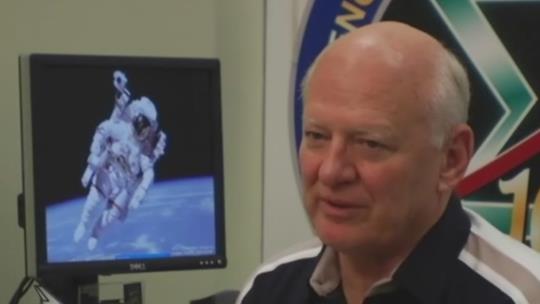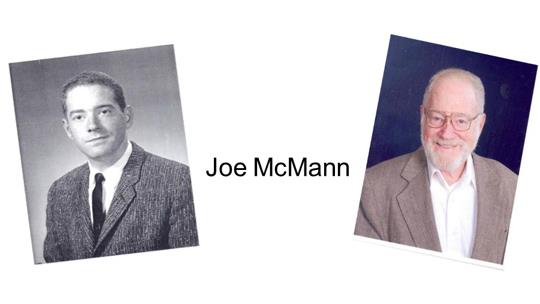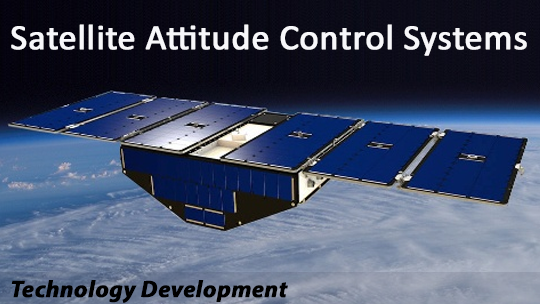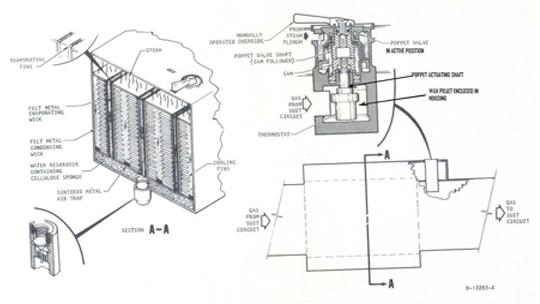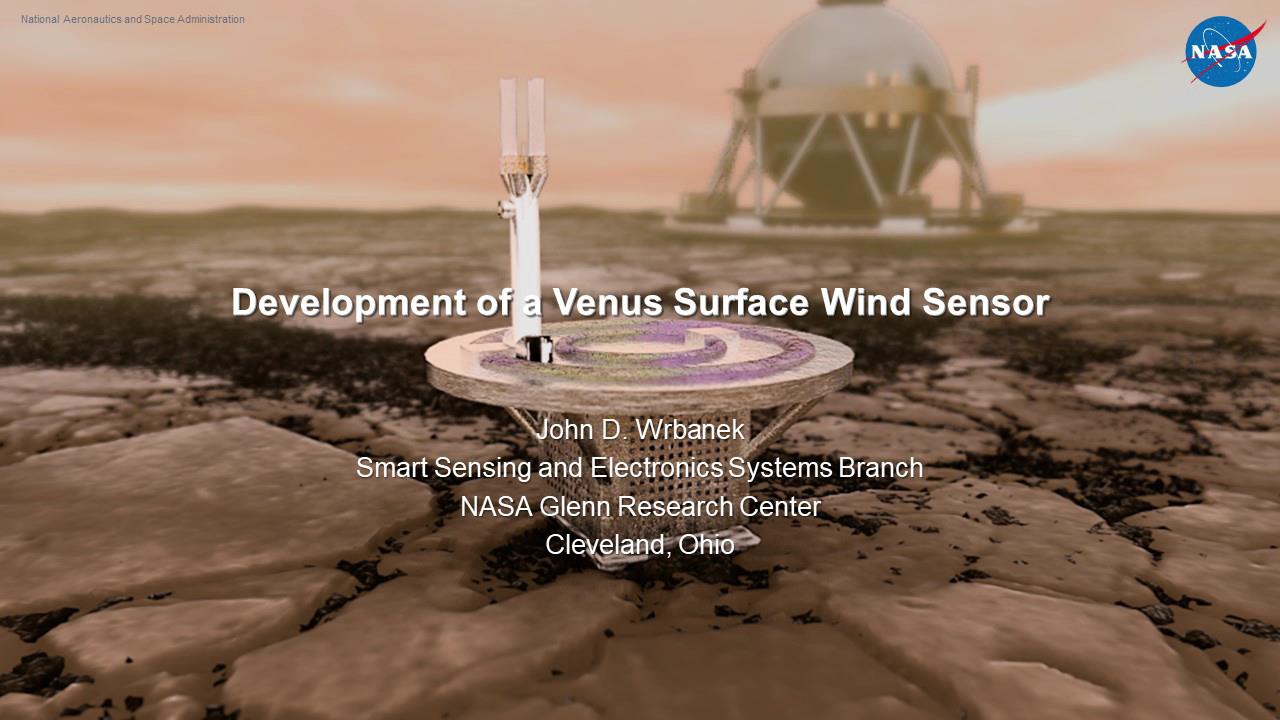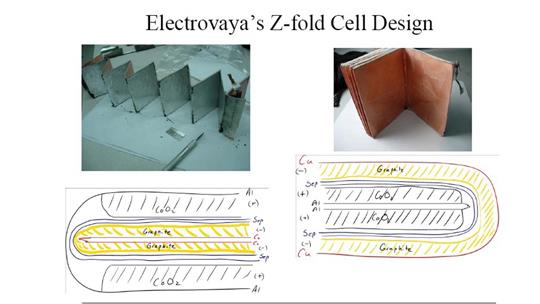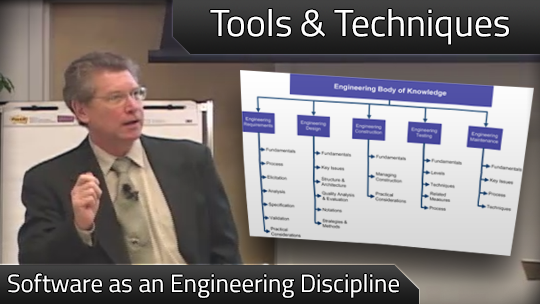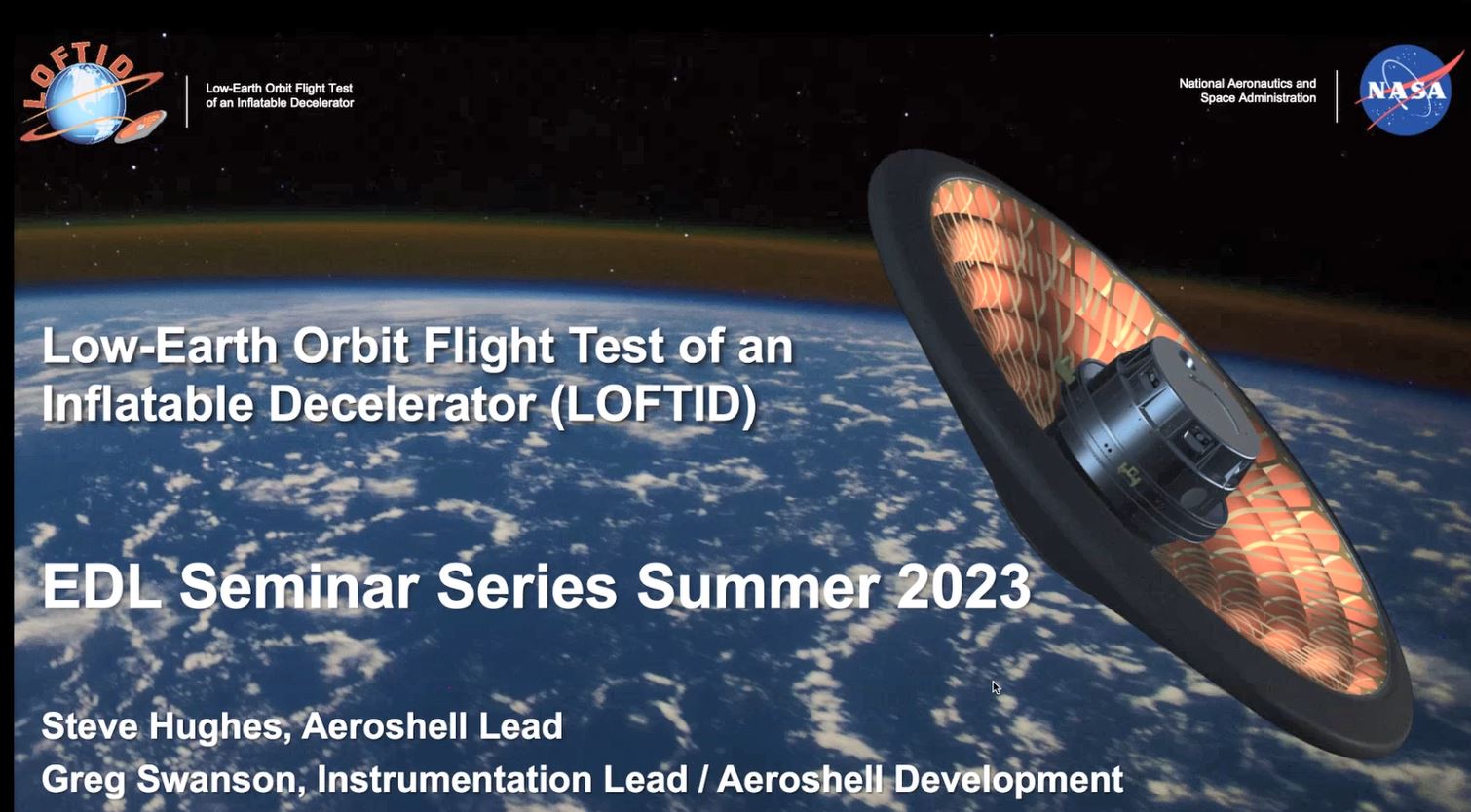Development of High Temperature Smart Sensor Systems
Dr. Gary W. Hunter, NASA Glenn Research Center will present the Sensors and Instrumentation Webcast, “Development of High Temperature Smart Sensor Systems,” on Tuesday, October 16 at 2 pm Eastern.
Sensors and sensor systems are central to providing improved system operations and situational awareness for a range of aerospace applications. A Smart Sensor System as described here implies at a minimum the use of sensors combined with electronic processing capabilities. A more expansive view of a Smart Sensor System is a complete self-contained sensor system that includes the capabilities for data logging and processing, self-contained power, and an ability to transmit or display informative data to an outside user. One aerospace challenge for the Smart Sensor System approach is application in extreme environments where both the core sensor technology and supporting hardware approach their operational limits. This presentation describes efforts to develop Smart Sensor Systems to enable Intelligent Systems, with an emphasis on high temperature sensors and electronics with the potential for wireless capabilities. Recent work has notably expanded high temperature electronics capabilities and produced the world’s first microcircuits of moderate complexity that have the potential for sustained operation at 500˚C. These circuits are at a level to enable a wide range of on-board data processing, including signal amplification, local processing, and wireless transmission of data. An overview will be given of development of sensors and electronics for a Venus lander, the Long-Lived In-Situ Solar System Explorer, with targeted operational lifetime of at least 60 days on the Venus surface. In summary, it is suggested that small, smart sensor system technologies are an enabling first step towards more intelligent vehicle systems and expanded capabilities across a range of aerospace and planetary applications.

